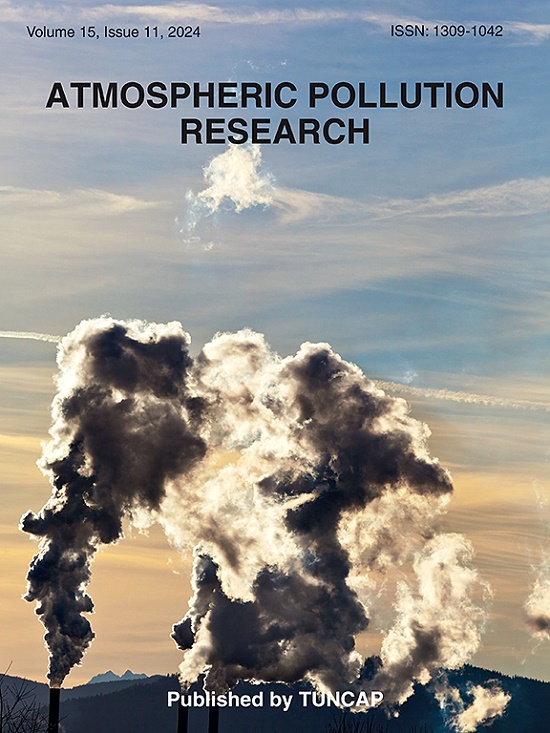Reducing PM2.5 and O3 through optimizing urban ecological land form based on its size thresholds
IF 3.9
3区 环境科学与生态学
Q2 ENVIRONMENTAL SCIENCES
引用次数: 0
Abstract
Optimizing the size and form of urban ecological land (UEL) is an effective approach to addressing PM2.5-O3 composite pollution in China. However, existing strategies are usually proposed based on the impact of one type of UEL on individual pollutants, while overlooking UEL forms’ different pollution reduction effects across its size intervals. This study identifies UELs (including forest, shrub, grassland, water, and wetland) of 1068 counties within the Yangtze River Economic Belt (YREB) and calculates their size and form metrics. Then the cross-sectional threshold regression model is used to analyze the threshold effect of UEL size on fitting models of pollutant concentrations. Finally, quadrant analysis is extended to categorize counties and provide differentiated planning strategies. The conclusions show: (1) UEL size presents a triple threshold effect on PM2.5 concentrations at 4.302%, 8.055%, and 23.742%, and a single threshold effect on O3 concentrations at 3.275%. Size and form metrics are not always significant across UEL size intervals. (2) Counties are categorized into 6 types based on their primary pollutants and UEL sizes, showing spatial clustering within each type. (3) With size increasing, dispersed and irregular UEL form helps more in reducing PM2.5, while O3 reduction prefers aggregated one, thereby the evolutionary UEL planning strategy is proposed.
根据规模阈值优化城市生态用地形式,减少 PM2.5 和 O3
本文章由计算机程序翻译,如有差异,请以英文原文为准。
求助全文
约1分钟内获得全文
求助全文
来源期刊

Atmospheric Pollution Research
ENVIRONMENTAL SCIENCES-
CiteScore
8.30
自引率
6.70%
发文量
256
审稿时长
36 days
期刊介绍:
Atmospheric Pollution Research (APR) is an international journal designed for the publication of articles on air pollution. Papers should present novel experimental results, theory and modeling of air pollution on local, regional, or global scales. Areas covered are research on inorganic, organic, and persistent organic air pollutants, air quality monitoring, air quality management, atmospheric dispersion and transport, air-surface (soil, water, and vegetation) exchange of pollutants, dry and wet deposition, indoor air quality, exposure assessment, health effects, satellite measurements, natural emissions, atmospheric chemistry, greenhouse gases, and effects on climate change.
 求助内容:
求助内容: 应助结果提醒方式:
应助结果提醒方式:


